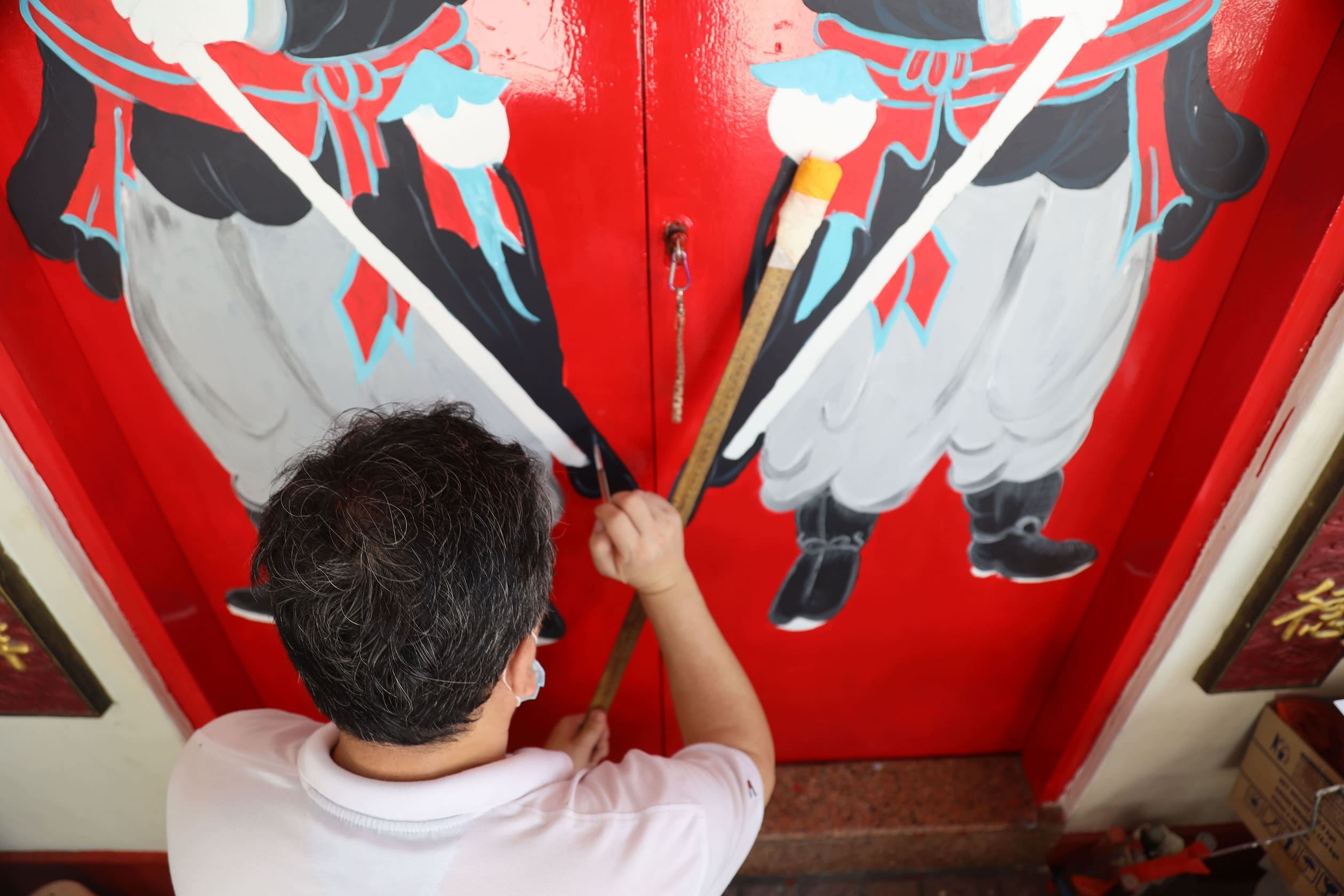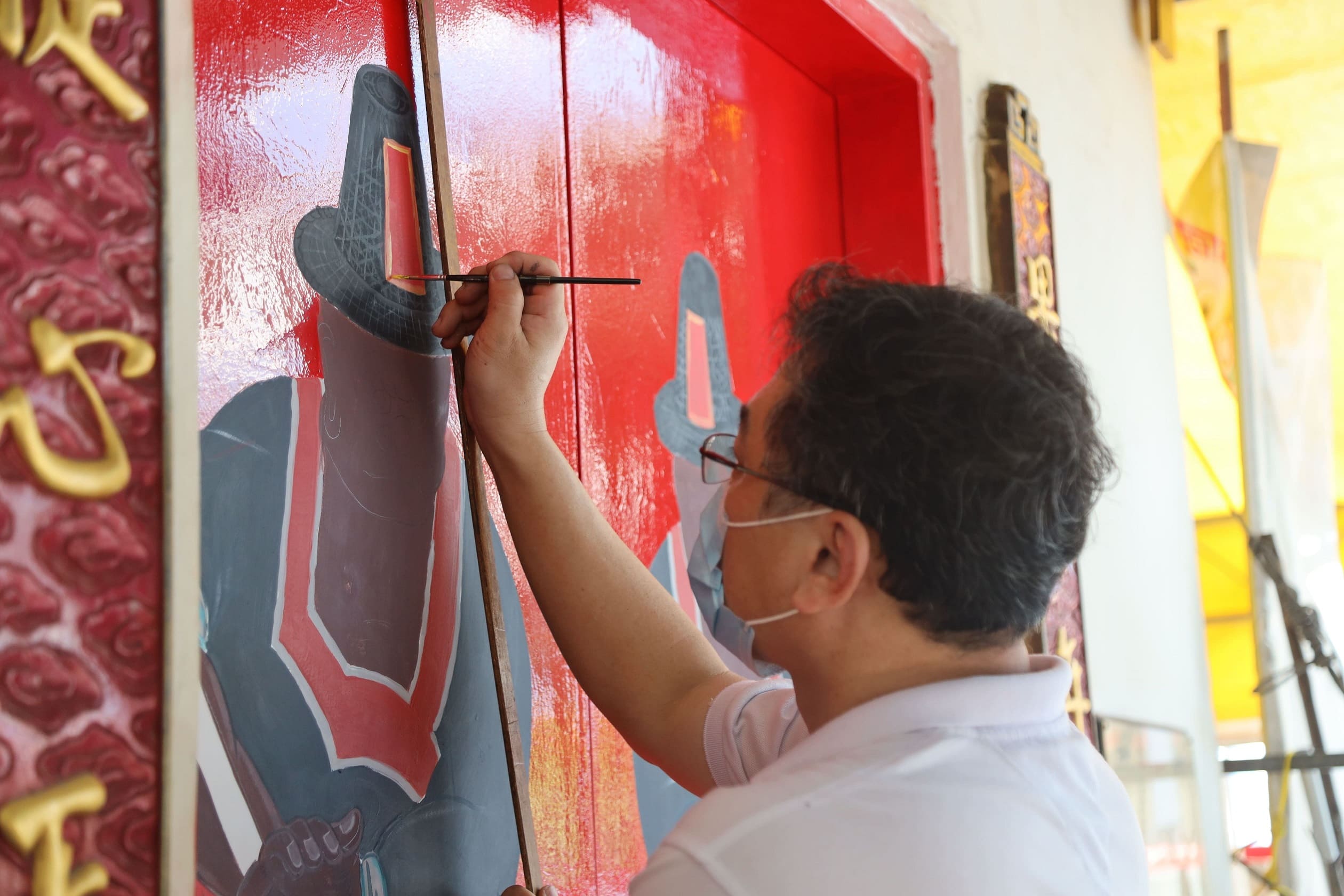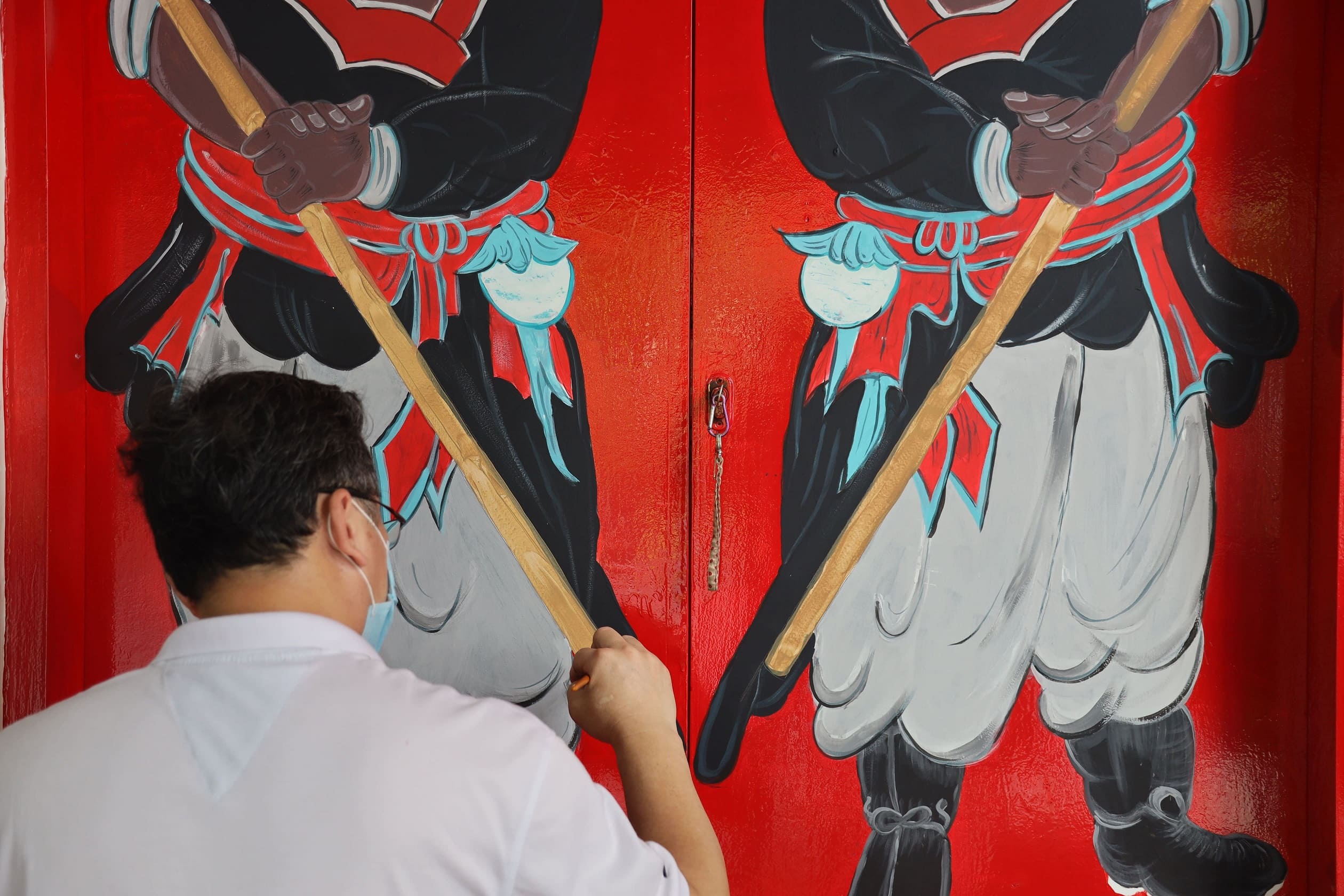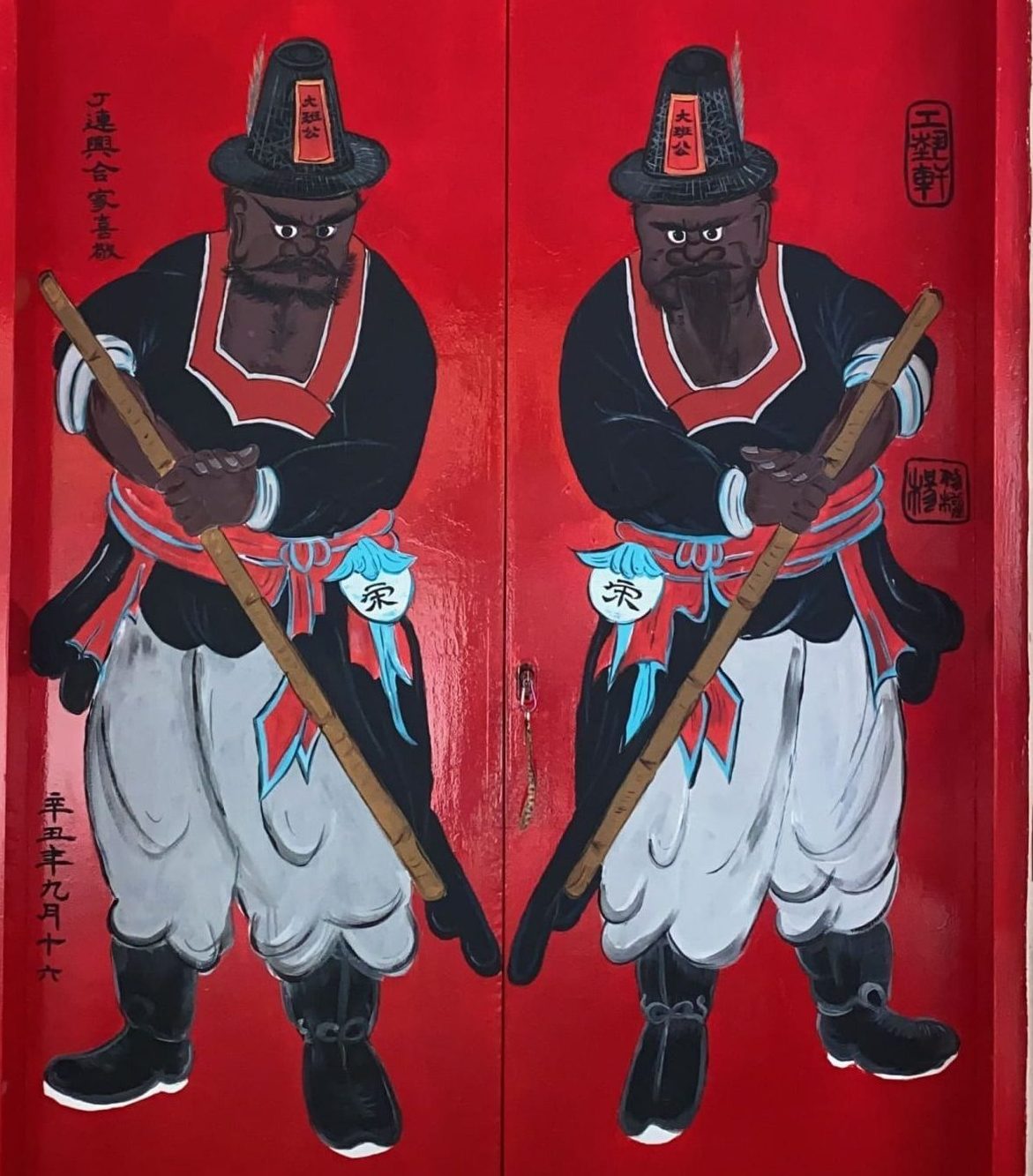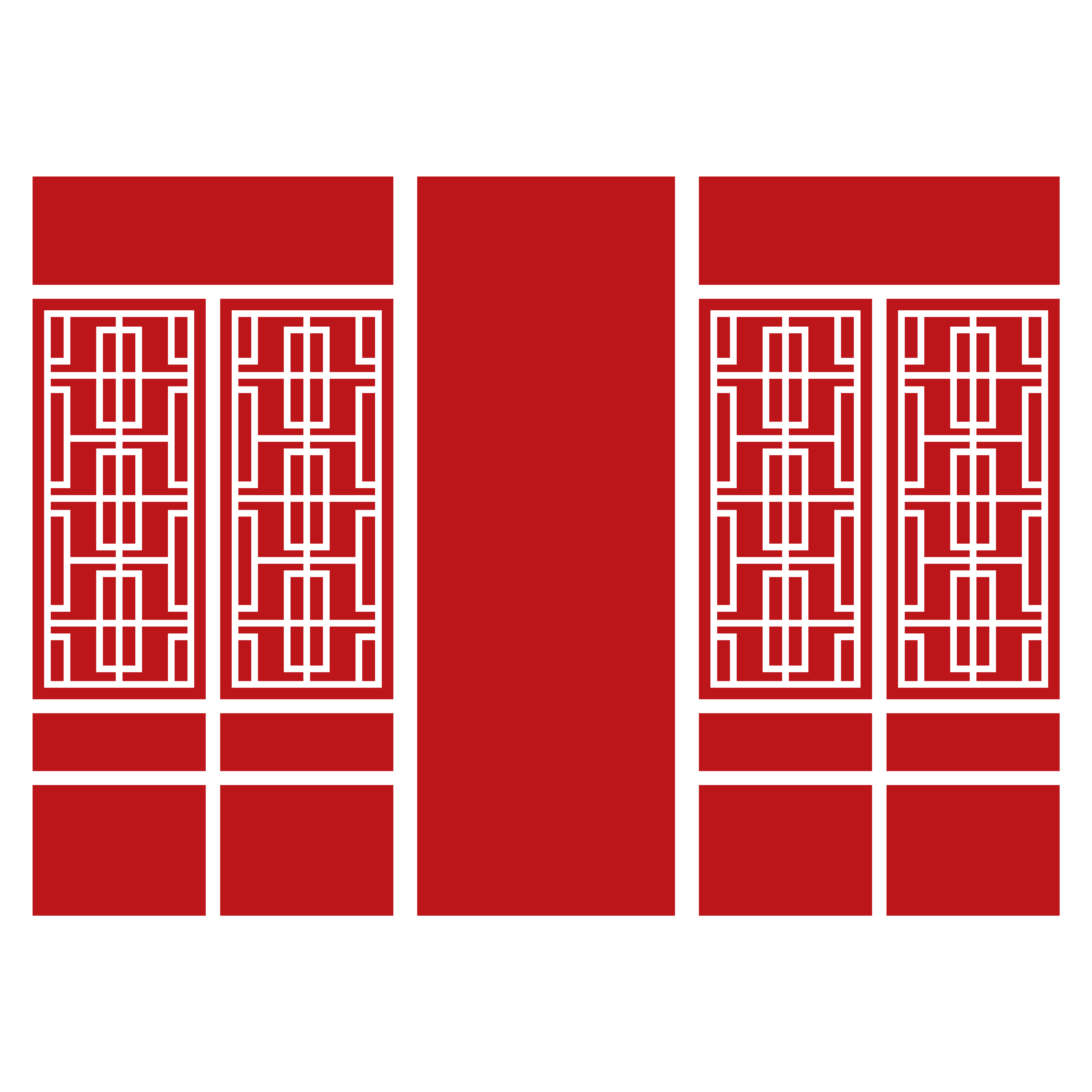Andy has faced various challenges in his journey as an artist. Despite showing a creative streak from a young age, Andy’s father was concerned about whether he could make a living with art. Andy therefore channelled his energies into a more “practical” career as an interior designer, but his passion for traditional crafts did not dim. Determined to learn directly from the venerated artisans, Andy tried to find a local master craftsperson to apprentice under, but was ultimately unsuccessful. Undeterred, Andy resolved to hone his craft on his own by researching heritage trades and practising their requisite skills. He sought information on these trades voraciously, and made good use of the conveniences introduced by modern resources such as YouTube. Meanwhile, he maintained his practice as an interior designer to ensure the financial security of his family. Now that he’s nearing 50, Andy plans to scale back on his interior design work, and focus on his passion full-time.
Years of experience in creative fields have given Andy a particularly sensitive appreciation for the nuances of colour. He shares at length about the differences between the range of colours available in Eastern and Western paints, and their subsequent effects on the final product – certain palettes, he feels, are unable to produce the specific shades characteristic of traditional Chinese art. This has driven him to import more than 50 sets of paint for experimentation and research. He also comments on the differences between modern and traditional paints, with the latter often requiring additional preparation such as manual grinding and mixing, but producing more authentic shades and finishes. Despite the years Andy has spent honing his craft, he continues to fine-tune the pigments used in his work, which he deems an essential component in achieving the classical appearance of traditional Chinese art.
Though the artwork he produces is traditional in nature, Andy utilises innovative ideas to enhance his work process, while ensuring that the resulting pieces retain their classic charm. For instance, during the initial steps of painting door gods, he uses a projector to demarcate the artwork’s outline and speed up the tracing process. This technique was originally conceived as a creative solution to Andy’s difficulty in acquiring tracing paper in sizes larger than A0.
Although some believe that the advent of e-commerce has adversely impacted heritage trades by making cheap, mass-produced alternative products readily available, Andy shares that e-commerce has actually been a boon to him. Due to the diminishing prevalence of some traditional tradeskills in Singapore, the specific pigments and craft materials associated with them have become nigh-impossible to find locally – but remain readily available on platforms like Taobao. By leveraging the conveniences and advances brought about by technological progress, Andy is able to worry less about sourcing for materials, and focus more of his energies on his creative process.
Andy believes that traditional art can only be protected in concert with the community. As such, he contributes to the promotion of one of Singapore’s last surviving dragon kilns in an effort to drum up public awareness and support for its conservation. Andy also readily imparts his skills to others – Gong Yi Xuan (工藝軒) participated in the Singapore Heritage Festival 2022, running painting and sculpting workshops for newbies curious about the artistic process. By teaching the basics of traditional Chinese art in a hands-on fashion, Andy hopes to garner interest and preserve the skills needed to create these pieces of cultural heritage.
Andy is a devoted member of Poh Chung Tian Chor Sian Tong (普忠殿助善堂), a Taoist temple in Toa Payoh. Noticing that other temples have comprehensive records of their origins, Andy was motivated to compile something similar for his own. His efforts led him to delve deep into his temple’s ancestral history, and, with a lot of research, he learned about the temple’s founders and their significance to his worship. During a visit to China for some temple supplies, and through a stroke of pure serendipity that Andy credits to divine guidance, Andy and some of his fellow devotees managed to track down three ancestral tombs central to his temple’s history. This experience reaffirmed his belief in the importance of his craft, and left a lasting impression on him. Inspired, Andy aims to chronicle his research and journey in a book, so that a historical record of his temple will continue to live on for generations.

